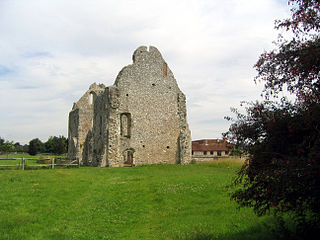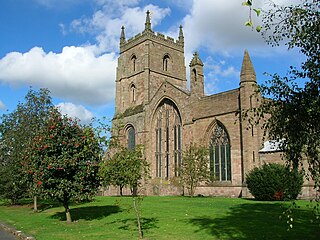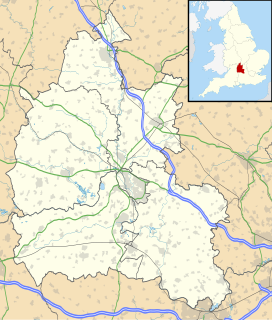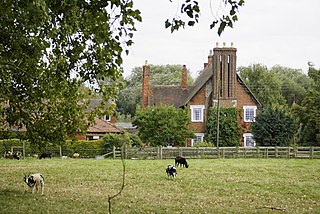Astley Priory was a Benedictine priory in Astley, Worcestershire, England. [1]

Astley is a village, and a civil parish in Worcestershire, England, about two miles outside Stourport-on-Severn and seven miles south-west of Kidderminster.

England is a country that is part of the United Kingdom. It shares land borders with Wales to the west and Scotland to the north-northwest. The Irish Sea lies west of England and the Celtic Sea lies to the southwest. England is separated from continental Europe by the North Sea to the east and the English Channel to the south. The country covers five-eighths of the island of Great Britain, which lies in the North Atlantic, and includes over 100 smaller islands, such as the Isles of Scilly and the Isle of Wight.
It was founded in the 11th century, probably by Ralph de Todeni, as a cell subject to the abbey of St. Taurinus, Evreux, in France. Around 1300 the priory acquired Astley church, but in 1384 was bought by Sir John Beaumont, an esquire of the chamber, and its use for religious purposes came to an end. When John Beaumont was attainted in 1386, his lands were forfeit and Astley passed to Thomas de Beauchamp, 12th Earl of Warwick. In 1414 the priory was again confiscated by the crown as an alien monastery.
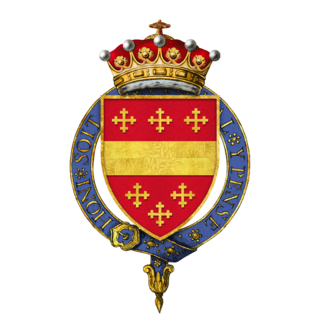
Thomas de Beauchamp, 12th Earl of Warwick, KG was an English medieval nobleman of French descent, and one of the primary opponents of Richard II.
In 1468, King Edward IV, at the request of the Archbishop of Canterbury, donated the priory or manor of Astley in perpetuity to the dean and college of Holy Trinity, Westbury-on-Trym, Gloucestershire. At the Dissolution of the Monasteries in 1538 it was granted by King Henry VIII to Sir Ralph Sadleir.

The Archbishop of Canterbury is the senior bishop and principal leader of the Church of England, the symbolic head of the worldwide Anglican Communion and the diocesan bishop of the Diocese of Canterbury. The current archbishop is Justin Welby, who was enthroned at Canterbury Cathedral on 21 March 2013. Welby is the 105th in a line which goes back more than 1400 years to Augustine of Canterbury, the "Apostle to the English", sent from Rome in the year 597. Welby succeeded Rowan Williams.

Holy Trinity Church is a Church of England parish church in Westbury-on-Trym, Bristol, England.
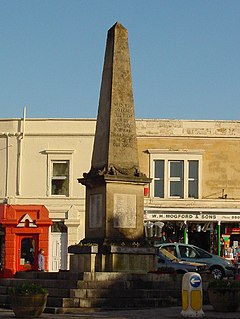
Westbury on Trym is a suburb and council ward in the north of the City of Bristol, near the suburbs of Stoke Bishop, Westbury Park, Henleaze, Southmead and Henbury, in the southwest of England.
The only visible remains of the priory today are the Prior's Well, near the entrance of the St Peter's churchyard and a fragment of walling at the east end of the churchyard. [2]
